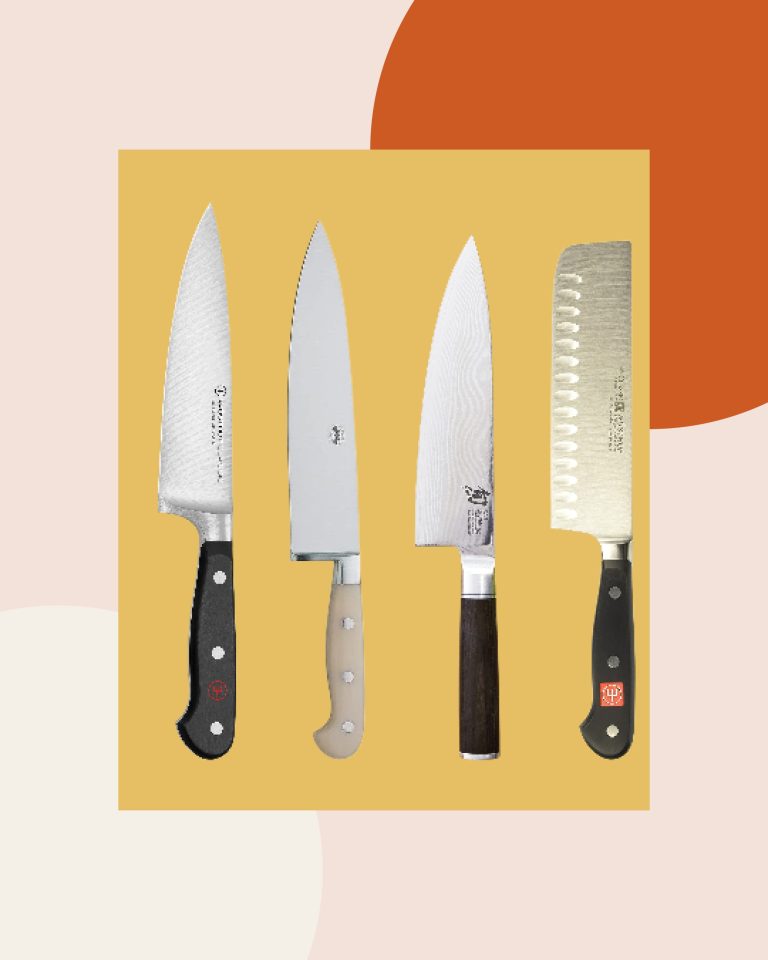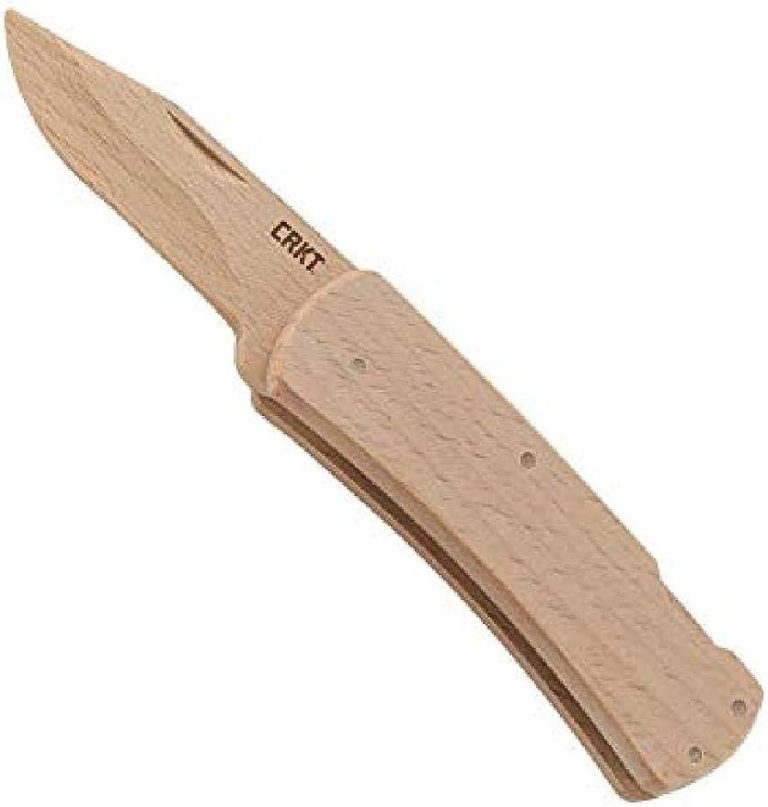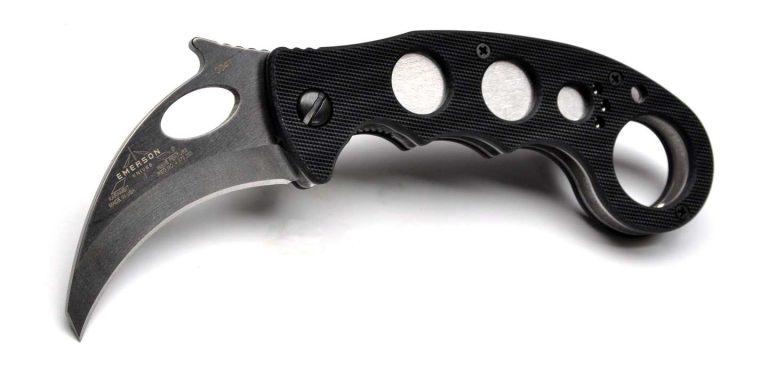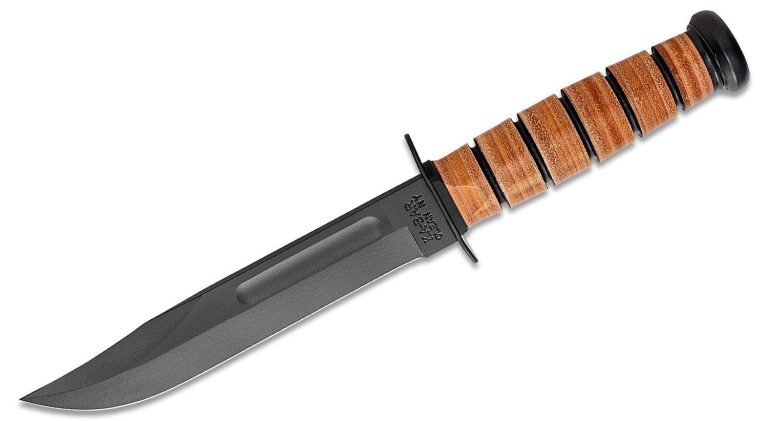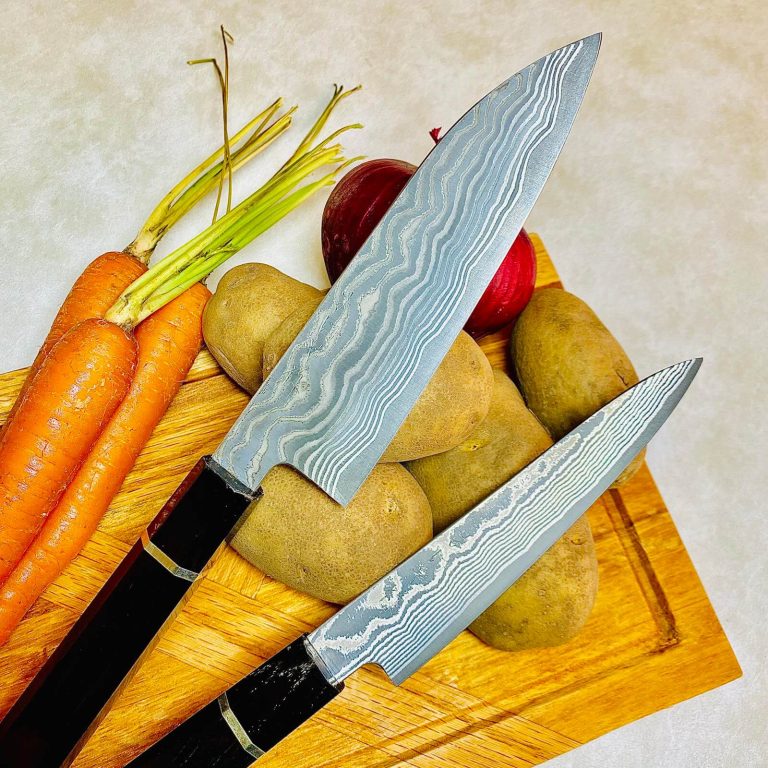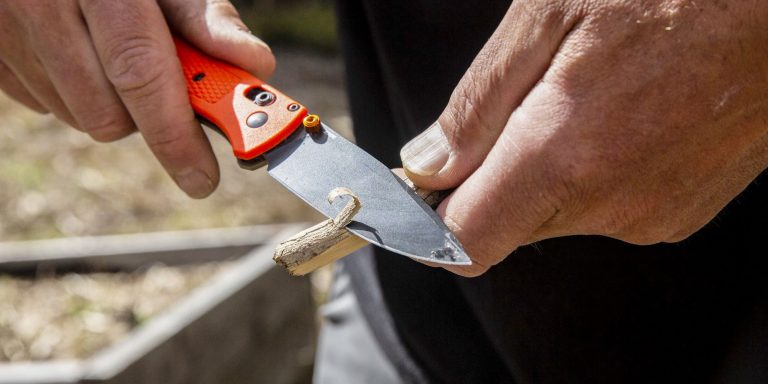Kitchen Knife Mistakes You Need to Stop Making Right Away
Stop making kitchen knife mistakes right now to ensure safety and efficiency. Learn how to avoid common errors for a better culinary experience.
Common Kitchen Knife Mistakes
Many people make kitchen knife mistakes without even realizing it. One common mistake is holding the knife incorrectly. The grip should be firm but not too tight, with the thumb resting on one side of the blade for stability. Another mistake is using the wrong knife for the task at hand. Each knife has a specific purpose, so it’s important to use the right one to ensure clean, precise cuts.
Another mistake people often make is neglecting knife maintenance. Knives should be washed and dried immediately after use to prevent corrosion and keep the blade sharp. Sharpening the knife regularly is also essential to maintain its cutting performance. By avoiding these common kitchen knife mistakes, you can improve your cooking experience and ensure efficient food preparation.
Holding The Knife Incorrectly
Many people make common mistakes when it comes to holding a kitchen knife, which can lead to accidents and injuries. One of the main issues is an inadequate grip. Having a proper grip is essential for knife control and safe handling. Make sure to hold the knife firmly but not too tightly, allowing for precision and control.
Avoid the dreaded “choke hold” grip, where the index finger and thumb are placed right at the base of the blade. This grip restricts movement and can be dangerous. Instead, position your thumb on the side of the blade, providing better control and reducing the chances of slippage.
Remember, a good grip on the knife is essential for safe and effective cutting in the kitchen. By avoiding these mistakes and practicing proper knife handling techniques, you can improve your culinary skills and reduce the risk of accidents.
Using The Wrong Knife For The Task
Proper knife selection is crucial in the kitchen as it can greatly affect the outcome of your cooking. When it comes to delicate tasks such as peeling or intricate cutting, using a paring knife is essential. The slender blade and pointed tip allow for precise control and accuracy. On the other hand, a chef’s knife is a versatile option suitable for various tasks. Its broad blade and sturdy build enable efficient chopping, dicing, and slicing of ingredients.
Using the wrong knife for the task can lead to frustrations and unsatisfactory results. For instance, attempting delicate work with a larger knife can cause damage to the ingredients and compromise the dish’s presentation. Similarly, using a smaller knife for demanding tasks like cutting through bones or tough vegetables can be unsafe and inefficient.
By understanding the importance of knife selection for different tasks, you can elevate your cooking skills and enjoy better outcomes. So, take a moment to assess your knife collection and make sure you have the right tool for every task at hand.
Neglecting Knife Maintenance
| Neglecting Knife Maintenance |
|
:max_bytes(150000):strip_icc()/how-to-hold-chefs-knife-6501174-step-02-81079681abbb45bfb39ccc607656953a.jpg)
Credit: www.thespruceeats.com
Conclusion
Understanding and avoiding common kitchen knife mistakes is crucial for both safety and efficiency in the kitchen. By practicing proper knife technique and maintenance, such as using a sharp blade, holding the knife correctly, and storing it safely, you can significantly reduce the risk of accidents and maintain the longevity of your knives.
Avoiding mistakes like using the wrong knife for the task at hand, neglecting to clean and dry knives properly, and multitasking while handling knives can also help improve your overall cooking experience. Remember, investing in a good set of knives and keeping them in top condition will not only make your time in the kitchen more enjoyable, but it will also make a noticeable difference in the outcome of your meals.
So, take the time to learn and correct these knife mistakes right away, and be confident in your ability to handle your kitchen knives safely and effectively.

